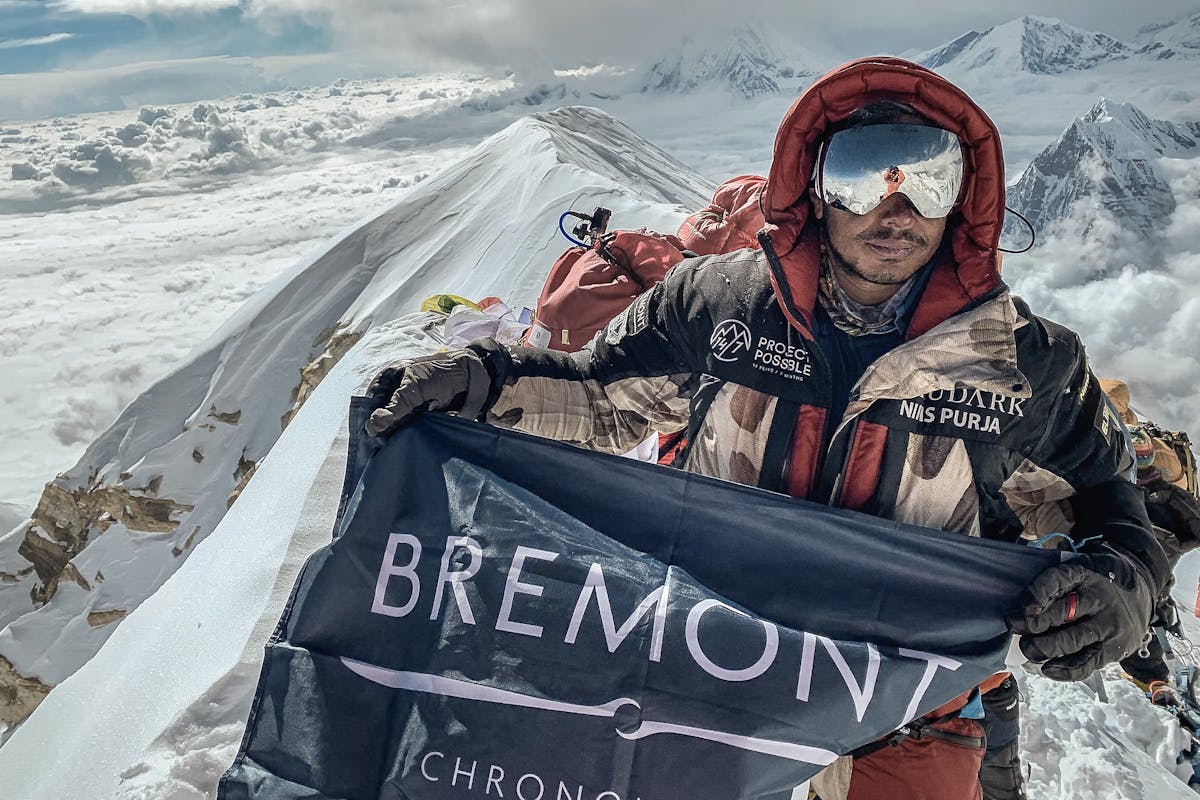Project Possible Phase 01
It was quite a start to the project, the clock officially began ticking with the ascent of Annapurna, considered by many as the most statistically dangerous of the 8,000m peaks. There have been fewer than 200 successful summits of the mountain, and 61 people have lost their lives trying. But Nims and his support team summited 23 April 2019.
After returning to base camp with a few hours of celebration, the team were thrust into a situation that would become all too familiar as the project unfolded. They had just received word of a stranded climber high on the slopes of Annapurna who had been separated from an accompanying expedition and left without food, water or an oxygen bottle for 40 hours.











